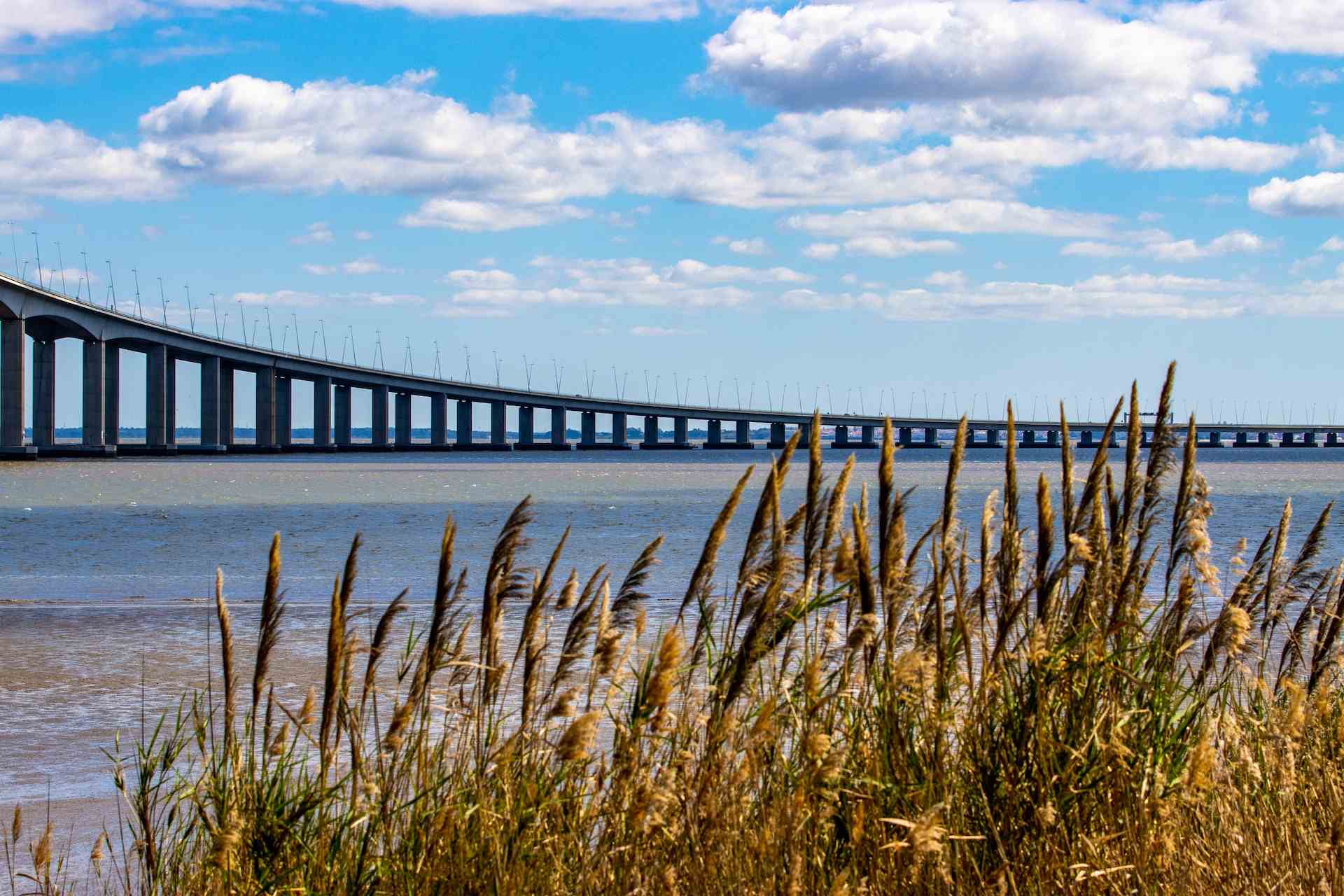Thessaloniki gets ready for its metro launch in November
The underground rapid transit lines have been under construction for almost two decades due to various project delays
 TheMayor.EU logo
TheMayor.EU logo It was created with the Maastricht Treaty to ensure that poorer Member States could catch up
On 3 April 2023, the European Cohesion Fund marked its 30th anniversary. The funding vehicle was introduced in 1993 with the Maastricht Treaty and was expected to create a bigger level of parity between EU Member States. Since its foundation, the fund has spent 179 billion euros.
The Cohesion Fund was set up to help less prosperous countries from the Bloc to achieve economic parity with the more developed members of the Bloc. The benefiting countries are defined as those who have a Gross National Income (GNI) of 90% below the EU average.
In the current funding period 2021 - 2027, the fund has an impressive 48.3 billion euros, set to go towards 15 Member States: Bulgaria, Czechia, Estonia, Greece, Croatia, Cyprus, Latvia, Lithuania, Hungary, Malta, Poland, Portugal, Romania, Slovakia and Slovenia.
According to the Maastricht Treaty, the Cohesion Fund is a necessary component of the Single Market, as an investment tool for transport infrastructure and environmental protection. Additionally, the fund has also contributed to the access to fresh water, energy efficiency and renewable energy.
For example, it has helped build airports to offer better connections to Member States who joined the EU in the 2000s and funded many metro and rail projects, including in Budapest, Bucharest, Sofia and Prague. Another key project of the fund includes the Warsaw-Gdynia railway, improving connections through the Baltic-Adriatic Corridor.
 The metro in Bucharest, Source: Jani Godari / Unsplash
The metro in Bucharest, Source: Jani Godari / Unsplash
The first funding period for the Cohesion Fund was between 1994 and 1999, with the original beneficiaries being Greece, Ireland, Portugal and Spain. The fund had a budget of 18 billion euros and was able to contribute to several infrastructure projects.
These include the 12.3 kilometres ‘Vasco da Gama' bridge in Lisbon, the longest bridge in the EU, while in Spain it went towards the Madrid, Barcelona, French border high-speed rail connection. Interestingly, out of the first beneficiaries in the ‘90s, all but Greece have managed to maintain a GNI at the EU average or higher since the first funding round from the Cohesion Fund, with the notable exception of Greece. It slopped below the line in the 2021 funding round.
 A view of Vasco da Gama Bridge in Portugal, Source: Rita Candeias / Unsplash
A view of Vasco da Gama Bridge in Portugal, Source: Rita Candeias / Unsplash
In the next funding period between the years 2000 and 2006, the budget was 30.6 million, however, the EU saw its first wave of expansion in 2004 and Cyprus, Czechia, Estonia, Hungary, Latvia, Lithuania, Malta, Poland, Slovakia and Slovenia joined the funding recipients.
With the third wave of cohesion funds 2007-2013, the budget more than doubled and reached a record 68.5 billion, while the EU enlarged twice, with Bulgaria and Romania in 2007 and Croatia in 2013. With the next funding period between 2014 and 2020 the budget fell to 61.4 billion, however, the recipients largely remained unchanged to the countries that joined the Union after 2004.

The underground rapid transit lines have been under construction for almost two decades due to various project delays

Now you can get your wine in Talence by paying directly in Bitcoin

That’s because the state has to spend money on updating the railway infrastructure rather than subsidizing the cost of the popular pass

Rethinking renewable energy sources for the urban landscape

The examples, compiled by Beyond Fossil Fuels, can inform and inspire communities and entrepreneurs that still feel trepidation at the prospect of energy transition

Now you can get your wine in Talence by paying directly in Bitcoin

The 10th European Conference on Sustainable Cities and Towns (ESCT) sets the stage for stronger cooperation between the EU, national and local level to fast track Europe's transition to climate neutrality.

At least, that’s the promise made by the mayor of Paris, Anne Hidalgo

The underground rapid transit lines have been under construction for almost two decades due to various project delays

At least, that’s the promise made by the mayor of Paris, Anne Hidalgo

Hostal de Pinós is located in the geographical centre of the autonomous region

Despite its church-y name, the district has long been known as the hangout spot for the artsy crowds

Urban dwellers across the EU are having a say in making their surroundings friendlier to people and the environment.

Forests in the EU can help green the European construction industry and bolster a continent-wide push for architectural improvements.

Apply by 10 November and do your part for the transformation of European public spaces

An interview with the Mayor of a Polish city that seeks to reinvent itself

An interview with the newly elected ICLEI President and Mayor of Malmö

A conversation with the Mayor of Lisbon about the spirit and dimensions of innovation present in the Portuguese capital














